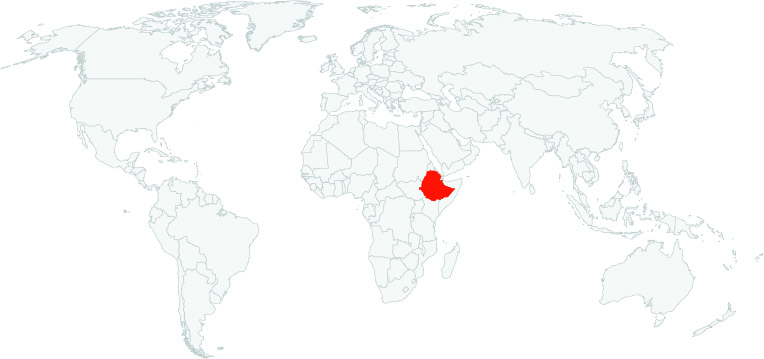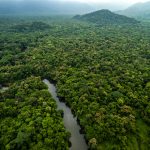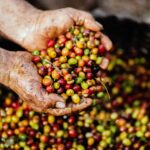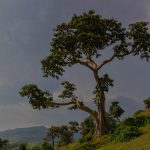
The Team Europe Initiative (TEI) supports capacity building and provides technical support on traceability
systems, geolocalisation and legality to partner countries, through a specialized Technical Facility and
programmes such as SAFE and AL-INVEST Verde. TEI programmes are active in Brazil, Colombia, Democratic
Republic of the Congo, Ecuador, Ethiopia, Indonesia, Kenya, Nigeria, Peru, Tanzania and Zambia. Burundi will
soon join the SAFE programme.
The Ethiopian Coffee and Tea Authority has announced a national plan to prepare the coffee sector for implementation of an EU regulation on deforestation
The first high-resolution (5 m) and continental-scale
mapping of land use following deforestation in Africa, including humid and dry forests.
Results show, not surprisingly, that the causes of forest loss vary by region. In general, small-scale cropland is the
dominant driver of forest loss in Africa, with hotspots in Madagascar and DRC. In addition, commodity
crops such as cacao, oil palm, and rubber are the dominant drivers of forest loss in the humid forests of
western and central Africa, forming an “arc of commodity crops” in that region. At the same time, the
hotspots for cashew are found to increasingly dominate in the dry forests of both western and southeastern Africa, while larger hotspots for large-scale croplands were found in Nigeria and Zambia.
“Preventing Forest Loss, Promoting Restoration, and Integrating Sustainability into Ethiopia’s Coffee Value Chains & Food Systems” FOLUR Project.
The UNDP GEF project is to be implemented in 22 woredas of four regions: Oromia, Sidama, Central Ethiopia and Southwest region with a total budget of more than $20.8 million.
A British environmental group warns the war in Ethiopia’s Tigray region is driving deforestation. It says blockades limiting fuel and aid to the region have forced Tigrayans to chop down trees, worsening food shortages in a region the U.N. says is already at risk of famine.
Click here to access the Global Illegal Logging and Associated Trade (ILAT) Risk assessment tool and to download the Forest Trends User Guide describing the functionality of the ILAT Risk Data Tool.
Click here to access the Cattle Data Tool.




